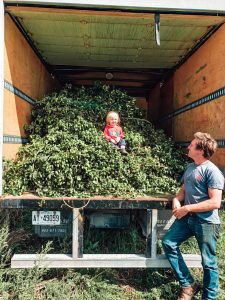 Hmm. Nothing of, like, a common theme out there this past week, was there? There was some great apple pressing porn to watch, for sure. That stuff is great. And my near neighbours at MacKinnon have been bringing in their hops crop, as illustrated. Fabulous. But there’s also the pending end of summer and, with it, the end of the best chance pubs and brewers had to store a few nuts away for the coming cold. Something for the stretch until Christmas. Old Mudgie painted a bleak picture of what was to come in the UK for pubs and brewers. And a beer shop shut in Oakland… its obit just above the one for the creepy knife store shutting. And a brewery in Kitchener, Ontario is now up for sale. Polk told me so. 2021 is going to be the year of cheap surplus brewing kit. Not a cheery theme.
Hmm. Nothing of, like, a common theme out there this past week, was there? There was some great apple pressing porn to watch, for sure. That stuff is great. And my near neighbours at MacKinnon have been bringing in their hops crop, as illustrated. Fabulous. But there’s also the pending end of summer and, with it, the end of the best chance pubs and brewers had to store a few nuts away for the coming cold. Something for the stretch until Christmas. Old Mudgie painted a bleak picture of what was to come in the UK for pubs and brewers. And a beer shop shut in Oakland… its obit just above the one for the creepy knife store shutting. And a brewery in Kitchener, Ontario is now up for sale. Polk told me so. 2021 is going to be the year of cheap surplus brewing kit. Not a cheery theme.
But that’s in the future, not in the now. Let’s check in there… err.. here. This week, let’s start over at the ever popular History Corner. Come along. Robsterowski of “I Might Have a Glass of Beer” shared it thoughts about an anti-steam brewing tirade posted in the 23 March 1862 edition of Allgemeine Bayrische Hopfen-Zeitung and even provided a handy translation:
The steam-powered breweries increase constantly in number and it seems they shall quite soon squeeze out the other breweries, or force them into imitating them. As in so many other [trades], the machine seems to make manual labour almost redundant in the brewery. The question must be asked: which beer is preferable, that produced by steam or by hand? Experienced beer conners prefer the latter.
This goes to the idea that steam beer began simply as a next step industrial brewed beer – but I do love the idea of “factory beer” as the great evil. Because it’s all factory beer, now… right? Interesting that values which were frowned upon in 1862 include steel, lightness and speed. It’s a bit late of a date, I would have thought, for such a broad fear of modernity. Speaking of a similar thing, Jeff tweeted about Belgian Biere de Cabaret from 1851 including this contemporary comment:
“Has a very sweet and pleasant taste, creamy, and something honeyish that is highly sought after by aficionados.” An amber-golden color, unusual for the time. It has always intrigued me, not least because of the name.
Something? Factory beer is never “something” beer. Boom, it’s there. Always or never. That’s it. Plus I like aficionados… Knut talked about that term back in 2008 but had a better one… though I would not have expected the Spanish word to be in 1851 beer commentary from Belgium… but then again it was once called the Spanish Netherlands before it was the Austrian Netherlands. Is that it?
Now, I do like the idea of #SoberOctober (even though I would have just called it #SoberTober)… except… I have never associated October with wild eye binge drinking. No big holiday, no big bowl sports game. No woo. No hoo. Which I suppose means I don’t like it. Hmm. Except it might be building on a self-fulfilling wish. No crazy reason to overdo it. So no one did! Hey, nothing changes but victory proclaimed!!
This is even weirder than #TotesSobeTobe. It was in fact with a heavy heart that I read the post with this bit of odd triumphalism:
It’s important to remember that there was no useful IRI data in 2017 that told @SierraNevada that they should make Hazy Little Thing. It took instincts, guts, and maintaining a pulse on the industry’s long tail. Doing so gave them a one year head start on their competition.
Kinda mainly wrong, no? I say wrong based on this end of year 2017 blog post (ie a primary source contemporary with subject matter) that recorded reality at that moment:
You know, much is being written on the murk with many names. Kinderbier. London murk. NEIPA. Gak from the primary. Milkshake. It’s gotten so bad in fact that even Boston Beer is releasing one, a sure sign that a trend is past it. Some call it a game changer, never minding that any use of that term practically guarantees something isn’t.
I blame belief systems. Needing to associate yourself with things. Do you associate yourself with such things? I wouldn’t mention it except that it seems to be, you know, a thing.
Hop. Not a belief. Fact. Here’s some slightly disorganized hop news. As if Brophy was really also on the other line… In other hop news – Arkansas. Boom! Who knew?
Next up? Awards. Folk were talking about awards this week. Are they just for the needy? Canadian needy awards are the worst given how needy Canadians are. Are they really too much about the fee and other money aspects? Really? I can’t believe you thought that. For me, it’s never going to get to the point that nominations come from someone other than the candidate… which is my minimum standard for a competition being of any interest. But is it also problematic due to systemic bias?
Imagine what your work would look like if you weren’t gunning for someone to tell you you’re the best, that you’ve beat your peers out this year. If you’re not chasing this particular carrot, shaping your work (even unconsciously) toward what usually gets these accolades, what do you do? Who can you be? The world might be bullshit, but maybe we can be free from the false narratives and stale aesthetics perpetuated by awards, at the very least.
Yikes! But, certainly, when the same group of individuals own the contest, select the judges, set the rules, act as judges, report on the event, receive a payment or two and then spend the rest of the year being palsy-walsy with the next slate of fee-paying candidates, well, it is all a bit too weird, isn’t it . Too small a circle to be taken seriously. Which might be a good point – why aren’t they just really for fun?! Which is what model railroading is all about! Sorry, not model railroading… craft beer… yes, that’s it.
Speaking of model railroaders, a couple of late breaking “old guy shakes hand at sky” stories came in Wednesday. First was the troglodyte at Stone* yammering about something revolving about himself. You can go read it on your own time. But second was that weird article by ATJ advocating for less information. In particular, hiding the truth about calories in beer. (Perhaps it’s the wine press bullies.) Now, this is especially odd as the information is readily available. That didn’t stop the one Chicken Little’s solo becoming a duet:
Since calorie counts are meaningless to 99.99999% of drinkers, it’s mere virtue-signalling to call for their introduction, and an expensive pain in the butt for small brewers to have to supply for all the one-off beers they are likely to produce.
Whachamahuh? See, eleven years ago Bob Skilnik explained how easy it is to calculate the calories in beer. Here’s the story. Here’s a calculator. Basically, it’s 250 calories to a 20 oz UK pint of 5% beer. Or 1/8th of your daily dietary requirement. Or 200 calories to a 20 oz UK pint of 4% beer. 1/10th of your daily dietary requirement. Standard. No research needed – but add a few more calories for any increase in heft. So it’s funny folk want to hide that simple truth. But the funniest thing is idea that calorie counts are meaningless to all but a few beer drinkers. Below is a handy comparison of trends for the term “beer calories” compared to “beer history” as search terms. Now, I am not one to suggest one might want to examine one’s own life choices but if the dead end is where you are looking to find a niche of little interest, the study of beer history is clearly it.
Just another line I rode down from 2004 to now…
Finally, back to today and to reality… and as she has in the past, Beth has been very open again on her income from beer writing for the purpose of telling other freelancers to roll with the flow:
I just broke $12K for the entirety of 2020, which (despite being around 1/3 of my original 2020 income goal) is pretty damn impressive considering I’ve had zero childcare outlets for my ASD-diagnosed 3 year old since March.
I point this out to also note that if someone is going out of their way to be both painfully truthful about themselves while being encouraging to others, well, I expect that I can trust their word on other things.
Well, that’s summer 2020 going out with a load of complainers, complaints and the compliant. And me. I’m so great. Looking forward to Autumn 2020? Me too! As you do that, remember there’s Boak and Bailey most Saturdays, plus more at the OCBG Podcast on Tuesdays (where Jordan shits on… no one!) and sometimes on a Friday posts at The Fizz as well. And sign up for Katie’s weekly newsletter, too. Plus the venerable Full Pint podcast. And Fermentation Radio with Emma Inch. There’s the AfroBeerChick podcast as well! And have a look at Brewsround‘s take on the beer writing of the week. Not to mention Cabin Fever. And Ben has finally gone all 2009 and joined in with his own podcast, Beer and Badword (and this week rants about why beer awards are stupid.) . And BeerEdge, too.
*Wailing away at his social media presence pointlessly for at least eleven years!

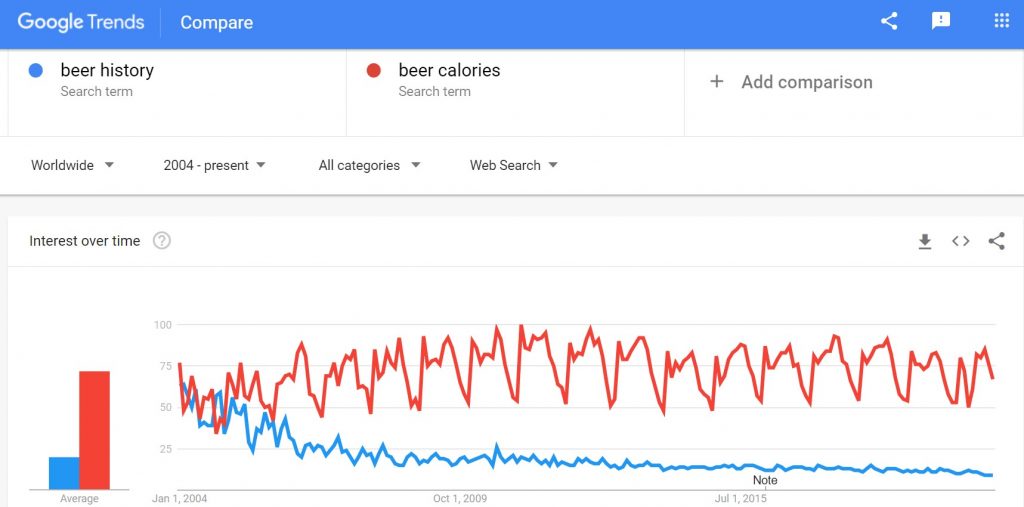



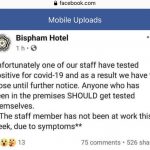

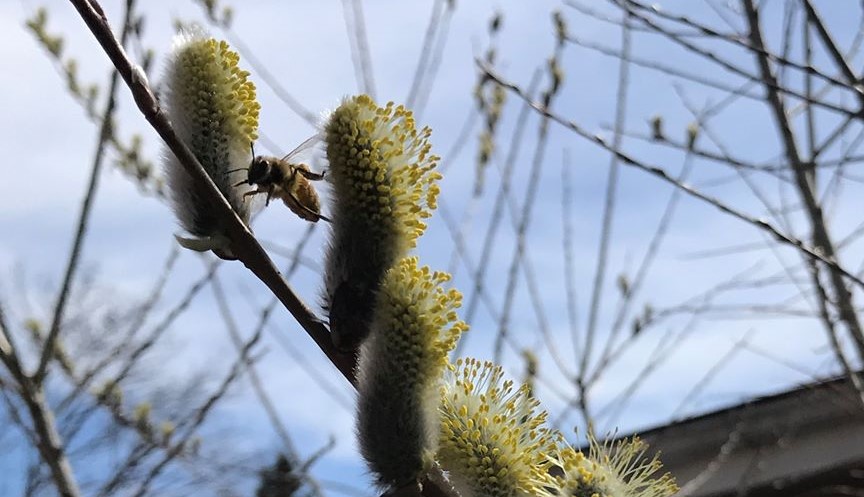


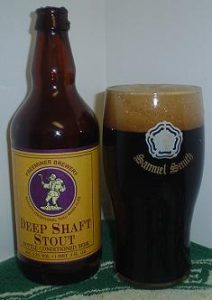 Go. Go put on your 45 of Don McLean singing “American Pie,” his lament for the milestones marking the ends of innocence during the first two decades of the rock ‘n’ roll era. Go put it on and have have a good cry because that’s sorta what happened this week. BeerAdvocate got
Go. Go put on your 45 of Don McLean singing “American Pie,” his lament for the milestones marking the ends of innocence during the first two decades of the rock ‘n’ roll era. Go put it on and have have a good cry because that’s sorta what happened this week. BeerAdvocate got 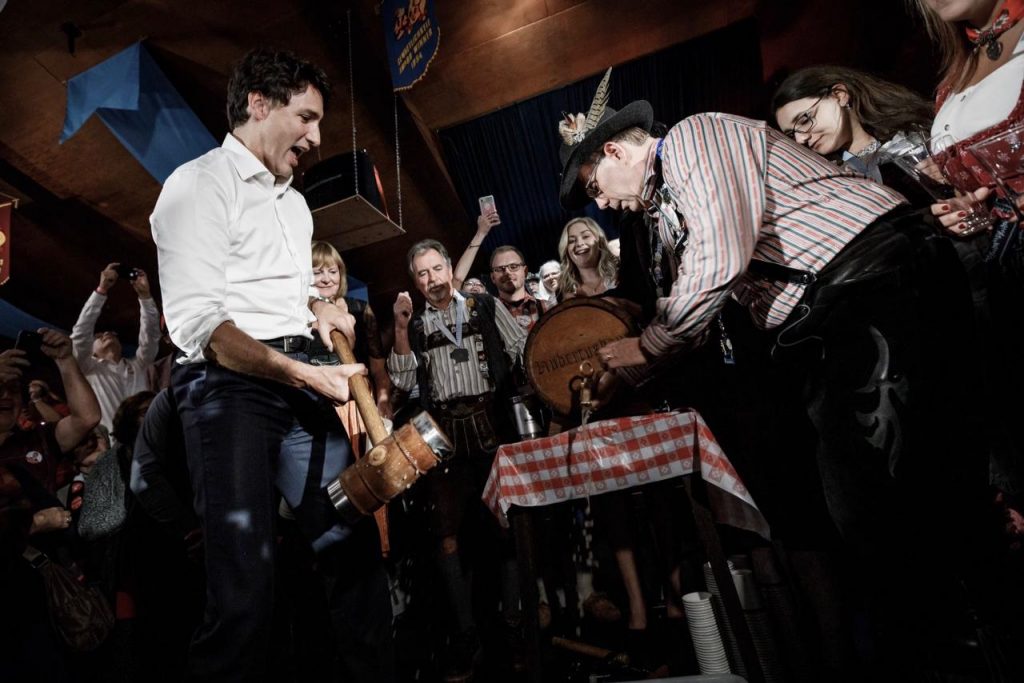
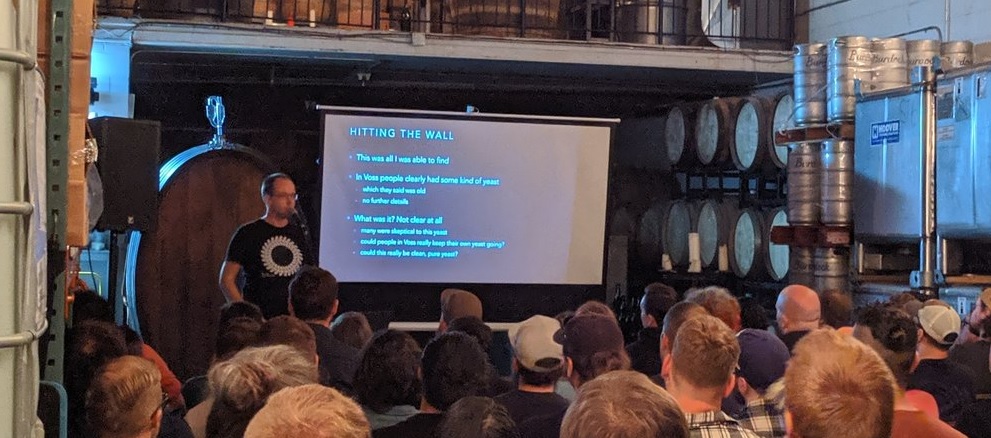
 Did someone say England? The BBC Archives shared
Did someone say England? The BBC Archives shared